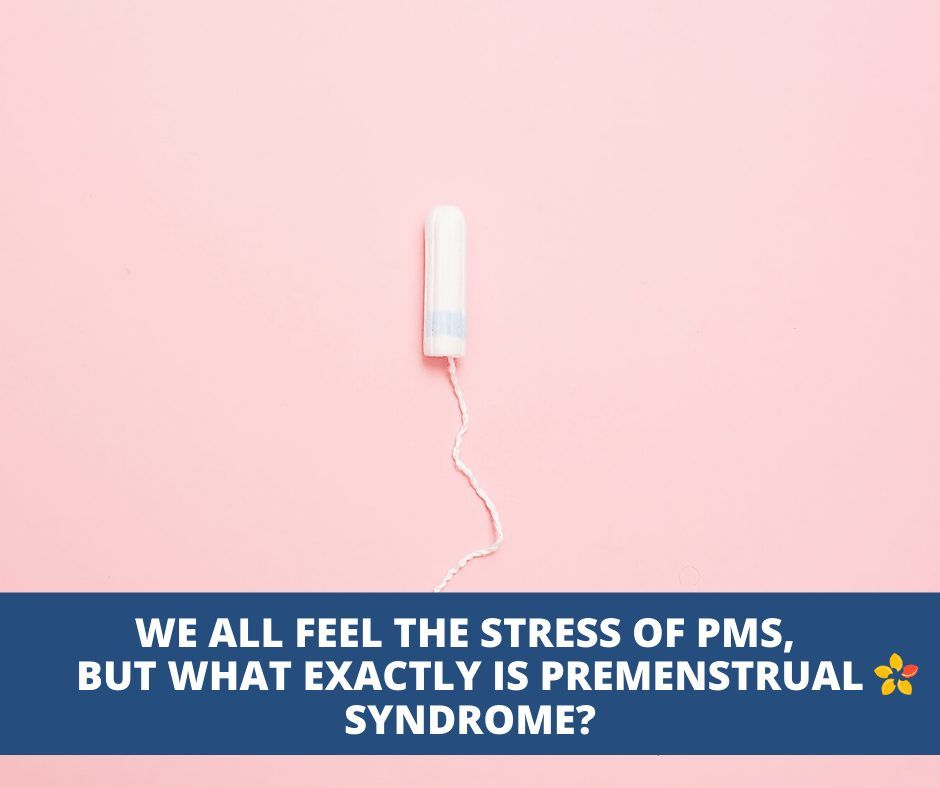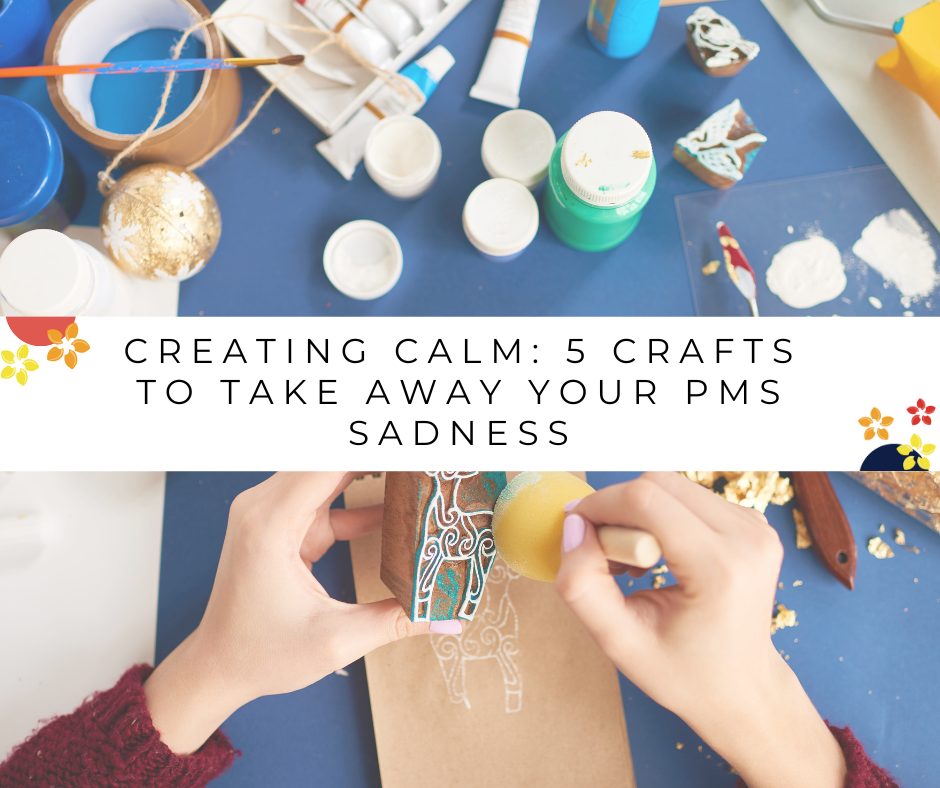What is Premenstrual Syndrome or PMS?
To understand PMS, you have to know that 90% of women experience some form of premenstrual syndrome.[1]
PMS or Premenstrual Syndrome is a group of changes that can affect you on all kinds of different levels. These changes can be emotional, physical, and/or behavioral and they come between one or two weeks before your period. And generally, for most women, when their period starts, these mood changes go away.
PMS is completely normal, as you saw above; it affects 90% of women. But the odd thing is that it effects each woman differently.
Some women may have severe emotional stresses or anxieties during that time of the month, but others might just experience a craving for sugar. If it messes with your daily life, then this is considered premenstrual syndrome.
PMS can also change as you get older. The symptoms can shift as your body continues to change. One way to look at it is to ask if these changes cause problems with work or your family once a month, and do they effect you in the week before your period. Then, it’s PMS.
There are all kinds of emotional signs for PMS:
- feeling gloomy
- crying
- mood swings
- anger
- stressed out
- feeling out of control
- not wanting to be around friends or family
- trouble sleeping
- anxiety
- irritability
It’s hard to know sometimes when you’re PMS-ing, but here are some ideas to help you feel a little better during that time of the month:
- Exercise for at least 30 minutes everyday
- Eat healthy foods like vegetables and whole grains
- Avoid sugar, caffeine, and alcohol
- Try to get more sleep
- Take clinically supported Jubilance (oxaloacetate) once a day, every day of the month
[1] Holland, Kimberly. “Facts and Statistics About Your Period.” Healthline, Healthline Media, 28 Aug. 2018, www.healthline.com/health/facts-statistics-menstruation#1.








